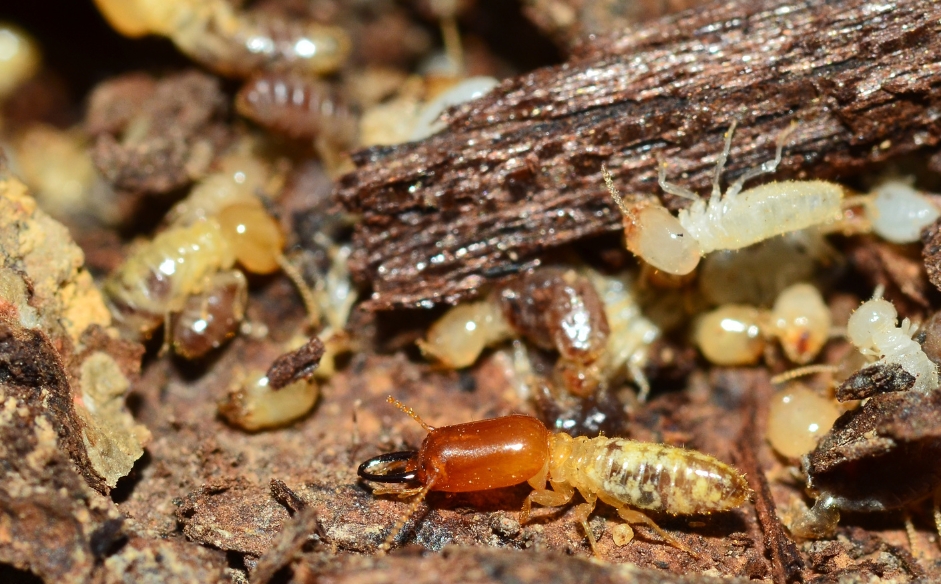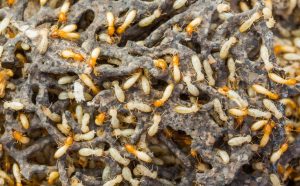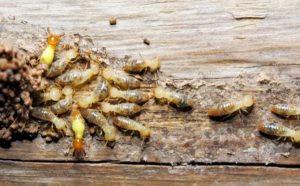Every home’s worst enemy is a termite. These tiny pests can cause thousands of dollars in damage to your property if not dealt with quickly and efficiently. But not all termites are created equal in terms of the destruction they can cause.
Today, we will look at the different types of termites and determine which ones are the most destructive.
What are Termites?
Termites are small, social insects that live in colonies and feed on dead plant material, mainly wood.
They play an important role in the ecosystem by breaking down organic matter and returning nutrients to the soil. However, they can also cause significant damage to buildings and structures if left unchecked.
Roles of Termites in Ecosystem
Before we dive into the destructive nature of termites, it is essential to understand their role in the ecosystem.
Termites play a crucial role in nutrient recycling and soil health. They break down dead plant matter, such as fallen trees, and return nutrients to the soil.
Moreover, termites also aerate and mix the soil, promoting its fertility. In tropical rainforests, termites are considered ecosystem engineers, as their activities can affect the entire ecosystem.
Types of Termites & Their Destructive Nature
There are approximately 2,700 known species of termites around the world. They are classified into three types based on their feeding habits: subterranean, drywood, and dampwood.
Subterranean Termites
Subterranean termites are the most common type of termite found in the United States. They live in underground colonies and cause the most damage to homes.
These termites feed on wood, paper, and other cellulose materials, making them a threat to any wooden structures in your home. They can also damage insulation, books, and even swimming pool liners.
Subterranean termites are also known for their ability to create mud tubes, which they use as a means of transportation from their colony to their food source. These tubes help protect them from predators and provide a moist environment necessary for their survival.
Drywood Termites
Unlike subterranean termites, drywood termites do not require contact with the soil to survive. They can infest dry, sound wood and are commonly found in coastal areas.
These termites are smaller than subterranean termites, but they can still cause significant damage to your home. They tend to create multiple colonies within a single piece of wood, making it difficult to eradicate them completely.
Drywood termites are also known for their ability to fly, which allows them to quickly spread and infest new areas.
Dampwood Termites
As the name suggests, dampwood termites thrive in moist and decaying wood. They can be found in areas with high humidity, such as coastal regions or areas with leaky plumbing.
These termites are not as destructive as their subterranean and drywood counterparts, but they can still damage the structure of your home. They are also known for creating large colonies, which can contain thousands of termites.
Dampwood termites do not require contact with soil, but need access to a water source. This is why it’s important to fix any leaks or moisture issues in your home to prevent an infestation.
Takeaway
While all termites can cause damage to your home, subterranean termites are considered the most destructive due to their large colonies and ability to quickly spread.
However, it’s important to address any termite infestations as soon as possible, regardless of the type of termite present. Regular termite inspections and maintenance can help prevent termite infestations and protect your home from potential damage.
Remember, termites may play a vital role in the ecosystem, but they have no place in your home. So, make sure to take necessary precautions to keep them at bay.




